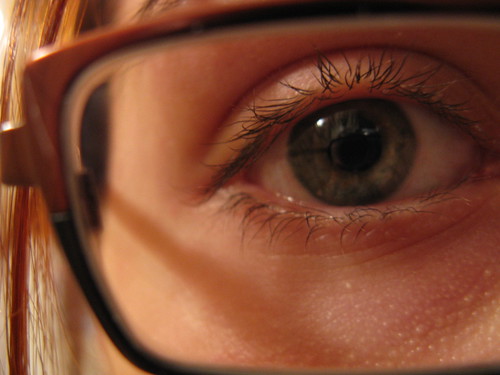Schweizer Journalist, 2+03/2009
 Michael Haller and Norbert Küpper are research pioneers who, with the help of an eye-tracking device, analyze eye movements that occur while readers peruse newspapers and Web pages.
Michael Haller and Norbert Küpper are research pioneers who, with the help of an eye-tracking device, analyze eye movements that occur while readers peruse newspapers and Web pages.
According to Schumacher, readers scan newspapers in ways that run counter to what publishers might hope to achieve with news layouts. Eye movement slides “over photos, diagrams, headings and photo captions” before settling on a place “to enter into an article” – not unlike TV viewers channel-surfing before landing on a program. This method often leads to trouble with info-boxes, as readers expect them to contain summaries rather than bulky statistics and facts supplementing the main text. Schumacher believes short messages and single columns often get more attention than intended “simply because they promise timeliness and less reading effort.” The researcher also provides design suggestions for news Web sites, proposing the use of single column layouts because eyes move from top to bottom when viewing a page. A double or multi-column layout may “look good to designers” but while scanning and scrolling, users may see the layout as “a visual obstacle course.” Instead of facilitating vertical eye movement, such Web layouts force the eye on numerous “horizontal excursions.”
Source: Michael Haller, Design entscheidet; Peter Schumacher, Mit den Augen der Leser; Sebastian Feuss, Auf den ersten Blick – three contributions in Message Nr. 1/2009 http://www.message-online.com/91/volltext91.pdf
Translation by Karin Eberhardt
Tags: eye-tracking, Michael Haller, Norbert Küppel, readers, Research













































